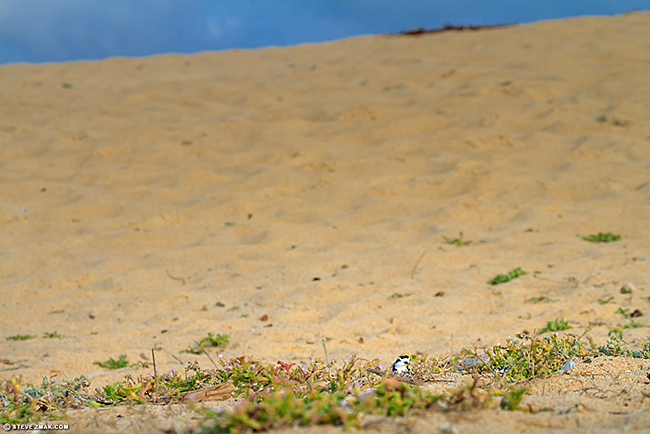
 |
|
|
|
Conservation Issues of the Ventana Chapter | monterey county
Ventana Chapter Retains Third Expert to Submit Comments to the CCC Challenging the Habitat Protection Plan for Monterey Bay Shores Resort February 2017 Western snowy plover nesting in undisturbed habitat currently on the site of the proposed Monterey Bay Shores Resort. (Photographer: Steve Zmak). Western snowy plover nesting in undisturbed habitat currently on the site of the proposed Monterey Bay Shores Resort. (Photographer: Steve Zmak).The Chapter continues to oppose development in 39 acres of beachfront dune habitat for federally protected western snowy plover. In addition to Dr. Peter Baye, coastal ecologist and Dr. Scott Cashen, wildlife biologist and foremost authority on western snowy plover, the Chapter has now retained avian ecologist Michael Morrison to comment on the Project developer, Ed Ghandour’s Habitat Protection Plan (HPP). The Project calls for a 1.34 million foot mixed-use resort in Sand City which entails approximately 680,000 cubic yards of grading, utility extensions and infrastructure, and related development (e.g., roads, parking lots, signs, and lights). The chief concern is the long-term presence of breeding western snowy plover (Charadrius nivosus nivosus) on this site. Dr. Michael Morrison, relying on nearly 40 years of work in avian ecology and wildlife management, reviewed the HPP and associated appendices. While the stated goal of the HPP is to demonstrate the developer can construct the Project without modifying or degrading critical habitat for the plover to the level that it will kill or injure wildlife, Dr. Morrison’s concludes that this is not the case. In his January 25, 2017 letter, he sets out arguments that based on the size of the proposed project, and the subsequent amount and intensity of human activity, there is nothing that can be done to eliminate or even develop meaningful on-site mitigation in the Project area for snowy plovers. He bases his conclusions on the following critical facts:
Dr. Morrison concludes that the HPP and PMP are hopelessly vague with regard to all aspects of plover management. He states it is evident that the HPP and PMP will completely fail to reach the goal of retaining plovers in the Project area. Therefore, there is no doubt that “take” of the western snowy plover will occur associated with implementation and operation of the Project. (Attached is Dr. Morrison’s full letter and scientific references).
|
|